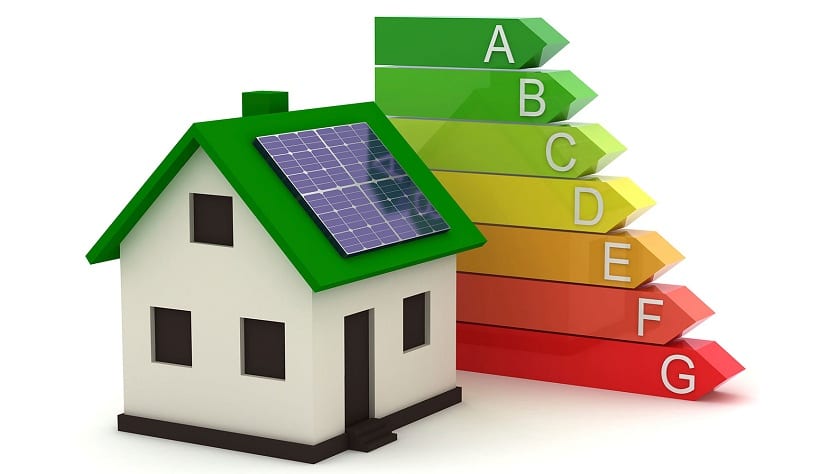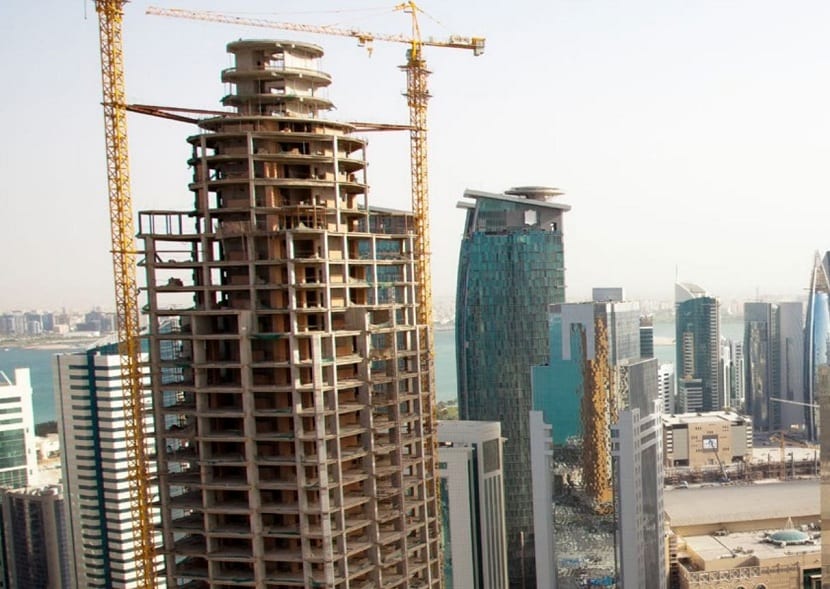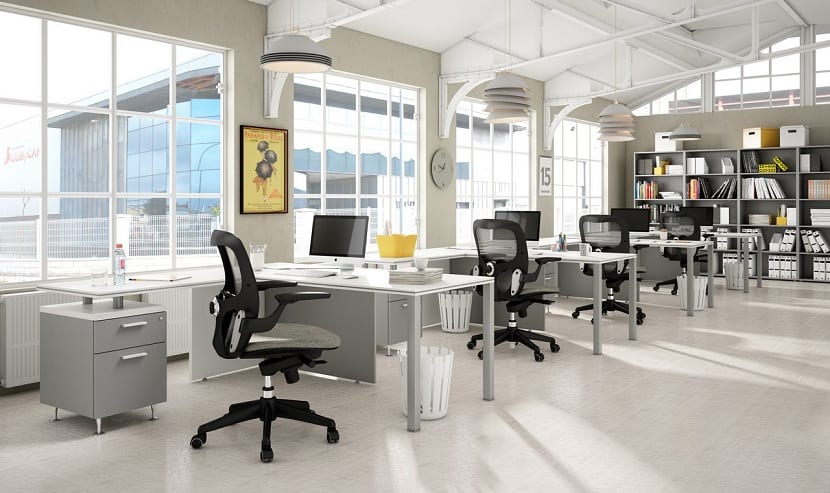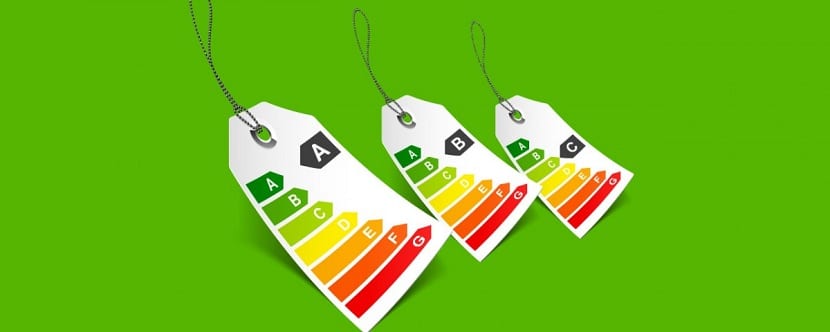
Today saving and energy efficiency go hand in hand. A lot of money is spent per year in maintaining the air conditioning in busy areas such as offices, businesses, supermarkets, etc. Energy efficiency in buildings what it tries is to reduce the energetic consumption in general. For this, measures are taken such as changing the lighting model, optimizing spaces, covering and more efficient cladding, etc.
In this post you will be able to know if a building is efficient, what are the guidelines that are carried out and how energy efficiency works in buildings. Do you want to learn about it? Keep reading.
Low efficiency in buildings

There is currently a report from the Economic and Social Council that shows us that 13,6 million homes do not have a minimum energy saving requirement. Energy saving is necessary since it is the beginning of a whole chain. Without a higher expenditure of energy, it does not take as many raw materials (mostly fossil fuels) to generate it. Therefore, by not generating as much energy, we will not be causing those greenhouse gas emissions that are increasing global warming and climate change.
Wherever it is, we must learn to save energy at all costs. And there are thousands of measures that can be used for this. After the report, it can be seen that private households are responsible for the consumption of 18% of the energy with respect to the total. Furthermore, because of it, They are also responsible for 6,6% of greenhouse gas emissions into the atmosphere.
This leads us to conclude that the energy system in homes and buildings is not optimized as it should and there is a lot to work on. It is necessary to advance in the construction of buildings with low energy consumption and to focus on renovating existing building systems. The rehabilitation of the buildings is imperative in such a situation.
How do you know if your house or the building where you work is energy efficient?

Surely you have ever thought how much your electricity bill bosses have to pay in the building where you work. So many offices, computers, printers running, phones ringing all day, chargers connected, etc. All this causes the energy consumption of the building to skyrocket. But how can we know if our building or home is efficient?
Well, it must be borne in mind that various factors act on energy efficiency in buildings and homes. The majority of them are related to the energy and comfort we need. We find the heating, hot water, lighting, ventilation, etc. We need energy to cook, use household appliances, charge mobile phones, watch TV or work on the computer.
To know if our home or building is more efficient, we must compare consumption with parameters known as energy classification. These parameters are in charge of offering you the efficiency of your home. We will see later.
Calculation of energy efficiency in buildings

We are going to go step by step so that you can calculate your energy efficiency and establish it in one of the existing classification categories. The first thing is to know the energy that is consumed during a whole year under normal conditions of use and occupation. That is, it is not worth calculating this energy efficiency for a home that we have for the summer, which we tread on several months a year.
It is about making a total calculation of all the annual consumption of our home in which we spend most of the time and in which we commonly live. All these data on the consumption of heating, hot water, energy for appliances, lighting, ventilation, etc. They express certain consumption values at the end of the year. This data is measured in kilowatts per hour and per square meter of home in kilograms of CO2 emitted per square meter of home. That is, we are going to see how much we consume per hour and per square meter of housing and how much this consumption affects greenhouse gas emissions into the atmosphere.
This result corresponds to a letter on the scale of energy efficiency in buildings that we will see later. To make it even clearer, to know the energy efficiency of a building, indicators based on annual CO2 emissions and the annual consumption of non-renewable energy that we have in the home are used. If we have mini-wind power or solar panels in our home, this consumption will not generate any type of emission into the atmosphere, so it should not be included in the total calculation.
Energy classification of a building

It is now when we reach the key moment in which we know the efficiency category of our building or home. Based on the results obtained in the previous equation, we must compare it with the data we have in the classification. The classification is shown through letters from A to G.
If a home has category A, it will be consuming up to 90% less energy than one rated the lowest. A class B will be consuming around 70% less than the rest and another class C will be consuming 35% less. These categories are only achieved by applying the necessary joint measures that reduce the energy consumption of the home.
This series of measures are the change of light bulbs for LED or low consumption, improvement of thermal insulation in walls and facades, double glazed windows, efficient heating or use of aerothermal, etc. But let's see them better one by one.
How to improve energy efficiency in buildings

Improving our building or home energetically does not have to include a total rehabilitation. It is convenient to take advantage of some works that are going to be carried out or repairs to introduce improvements. As we have said before, the improvement in the insulation of walls and facades can grant up to 50% less energy consumption in air conditioning.
We can increase the efficiency of a building with:
- Renovation of heating, air conditioning, lighting systems, etc. With those who are more efficient.
- Introduce renewables to help with total consumption. In addition, CO2 emissions will decrease.
- Insulation improvements.
- Better use of light and orientation.
I hope that with this information you can learn more about energy efficiency in buildings.